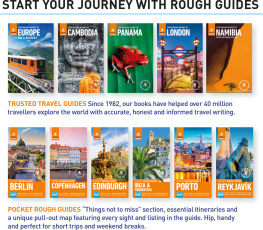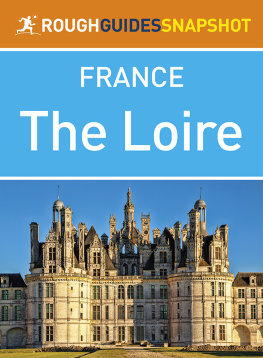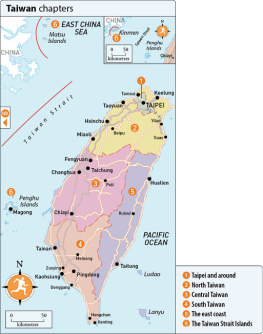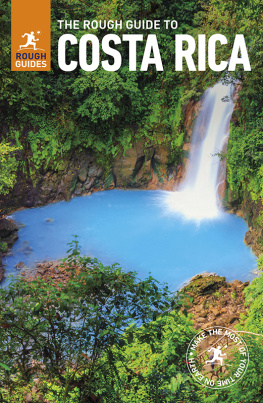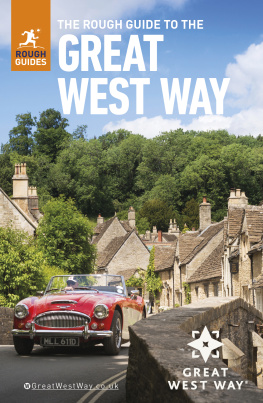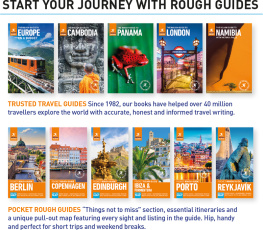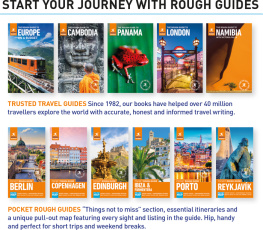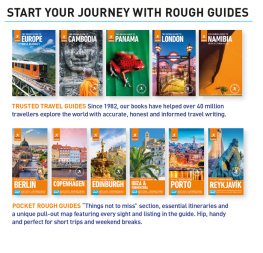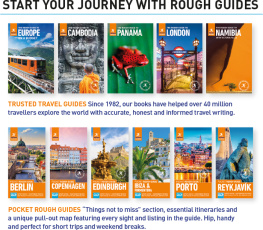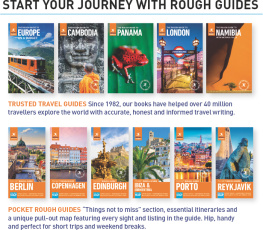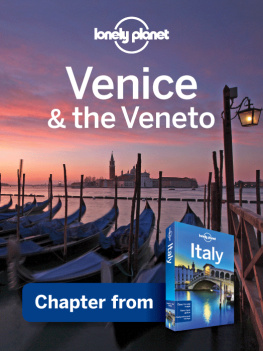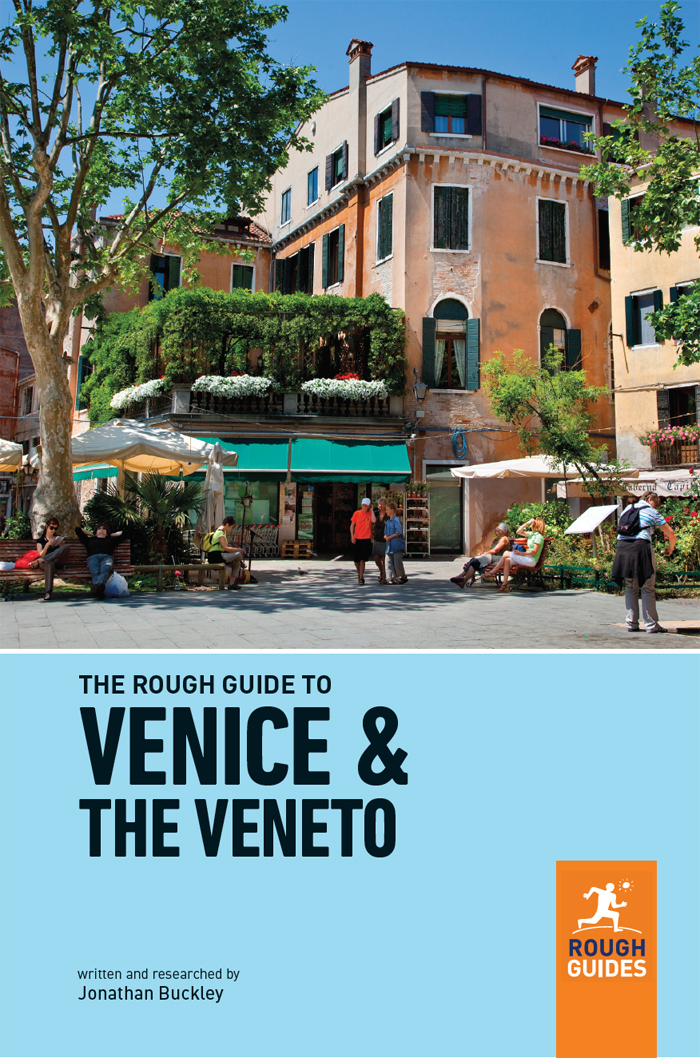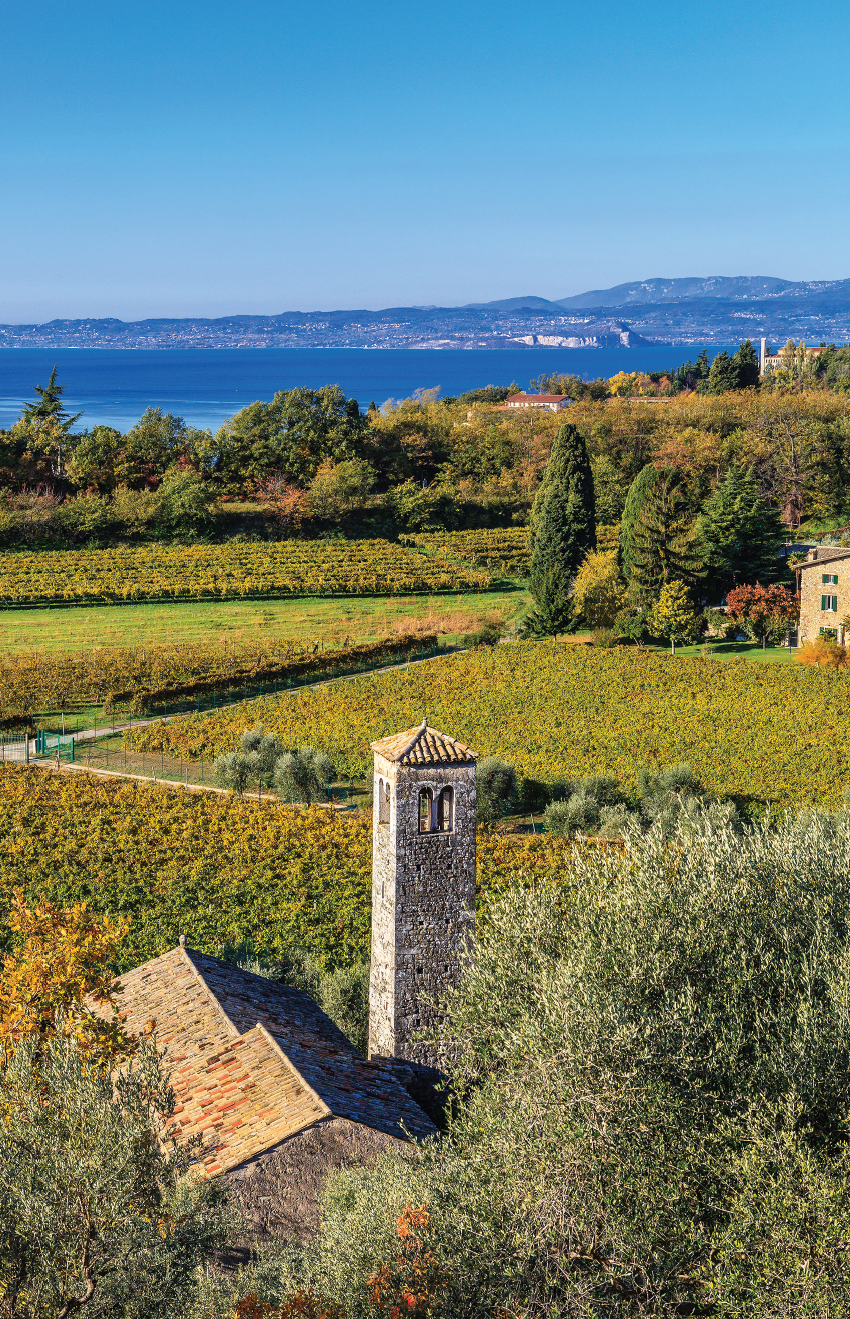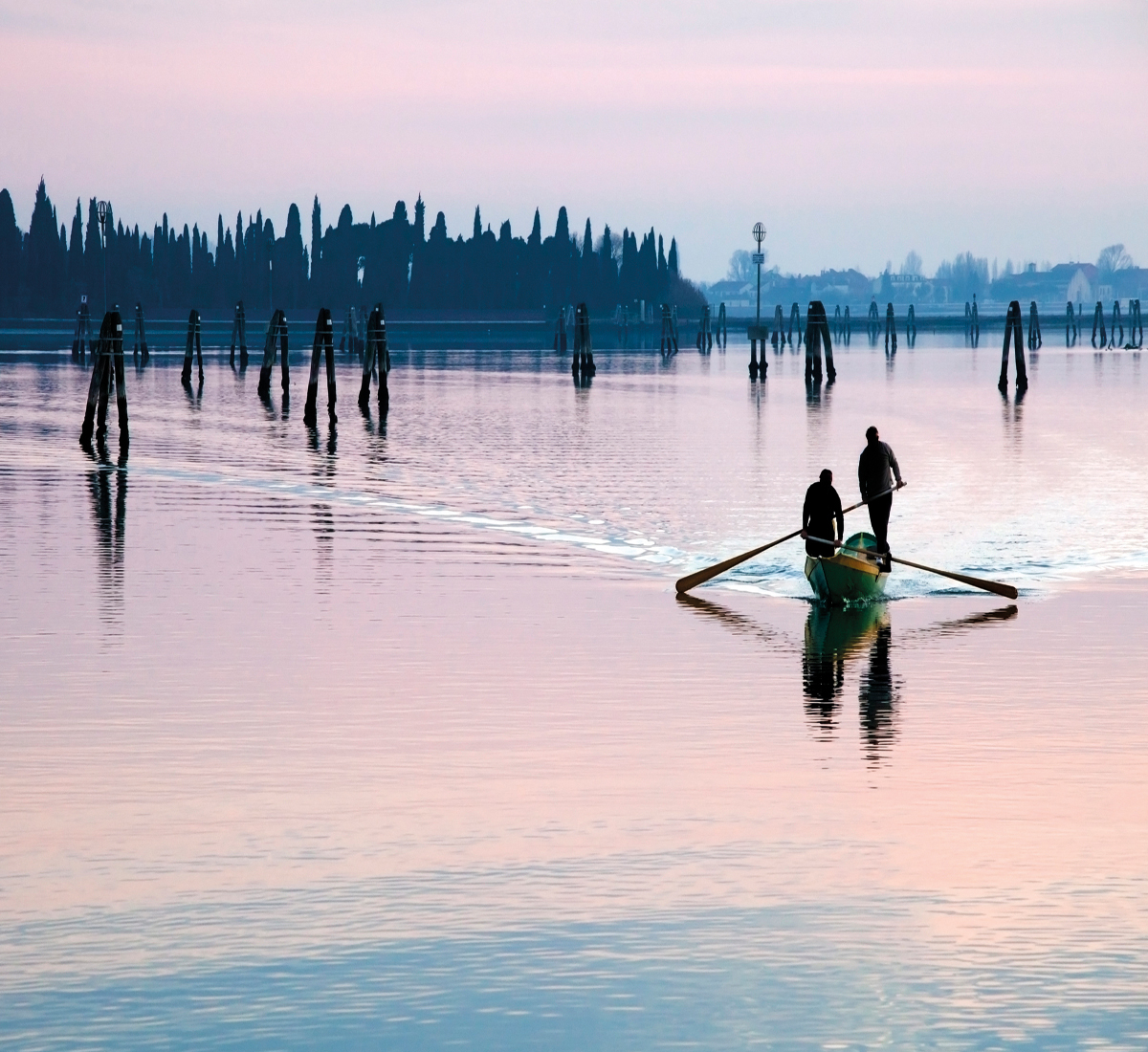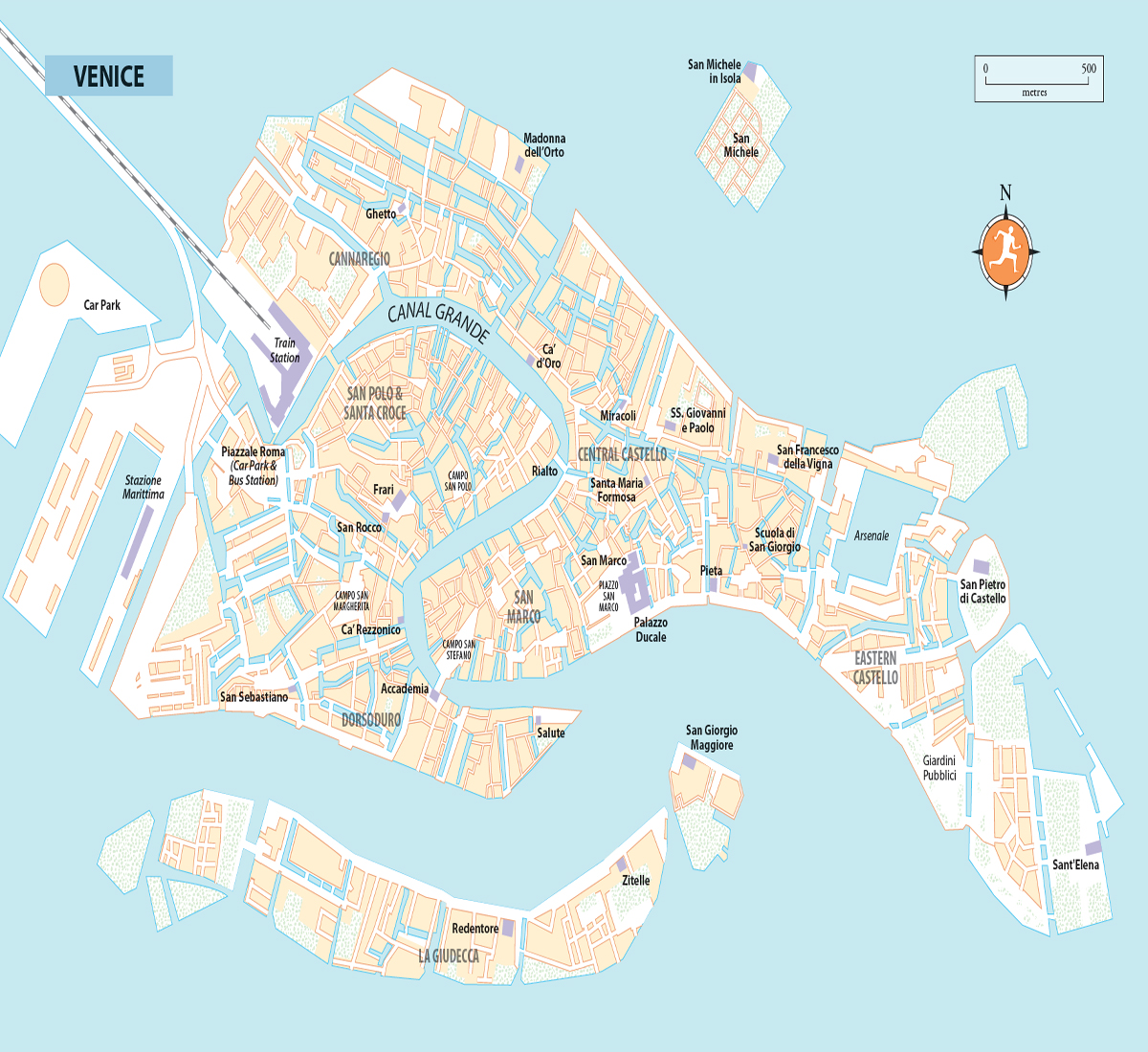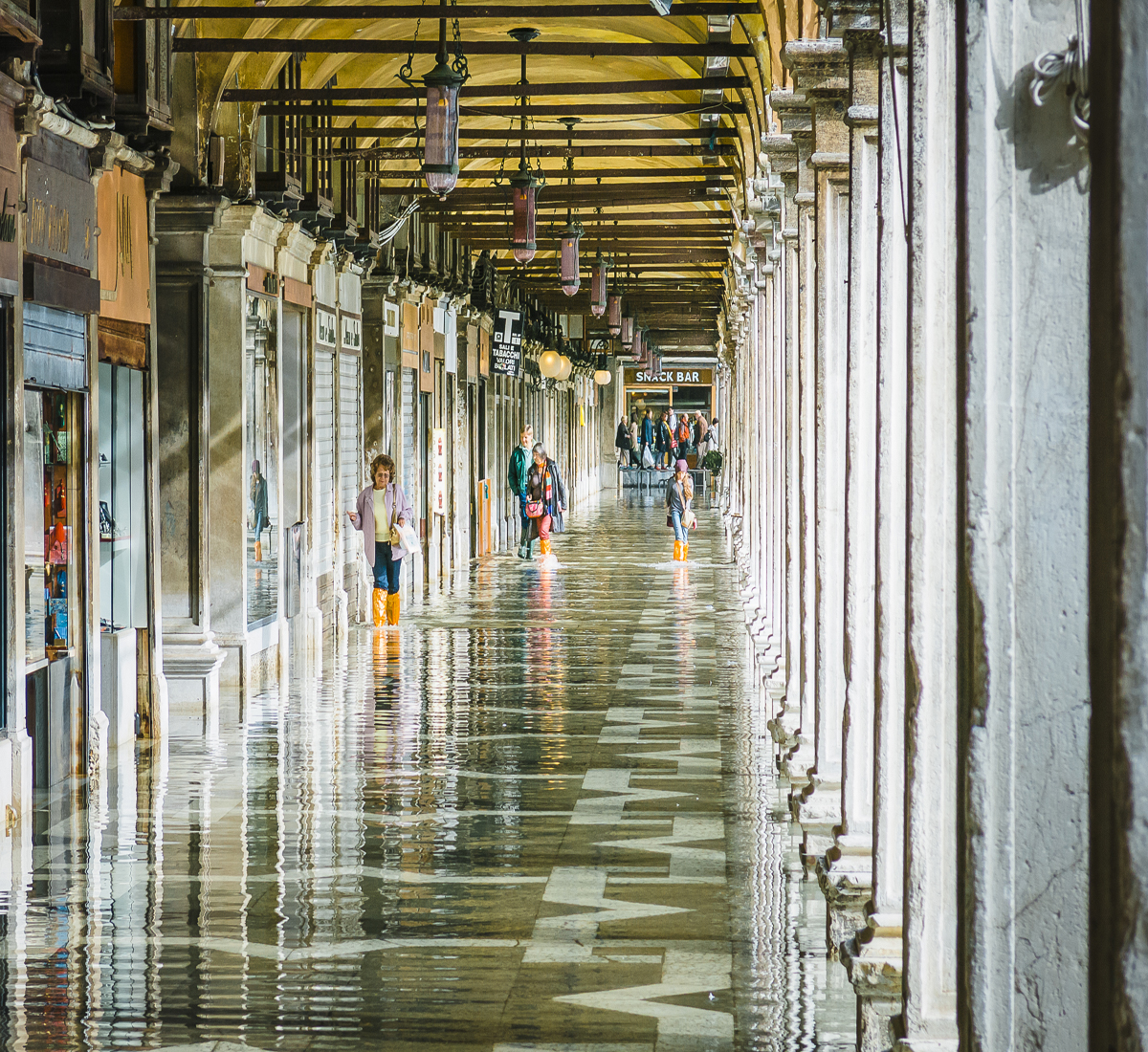Rough Guides - The Rough Guide to Venice & the Veneto (Travel Guide eBook)
Here you can read online Rough Guides - The Rough Guide to Venice & the Veneto (Travel Guide eBook) full text of the book (entire story) in english for free. Download pdf and epub, get meaning, cover and reviews about this ebook. year: 2019, publisher: Rough Guides, genre: Science / History. Description of the work, (preface) as well as reviews are available. Best literature library LitArk.com created for fans of good reading and offers a wide selection of genres:
Romance novel
Science fiction
Adventure
Detective
Science
History
Home and family
Prose
Art
Politics
Computer
Non-fiction
Religion
Business
Children
Humor
Choose a favorite category and find really read worthwhile books. Enjoy immersion in the world of imagination, feel the emotions of the characters or learn something new for yourself, make an fascinating discovery.
- Book:The Rough Guide to Venice & the Veneto (Travel Guide eBook)
- Author:
- Publisher:Rough Guides
- Genre:
- Year:2019
- Rating:4 / 5
- Favourites:Add to favourites
- Your mark:
The Rough Guide to Venice & the Veneto (Travel Guide eBook): summary, description and annotation
We offer to read an annotation, description, summary or preface (depends on what the author of the book "The Rough Guide to Venice & the Veneto (Travel Guide eBook)" wrote himself). If you haven't found the necessary information about the book — write in the comments, we will try to find it.
MAKE THE MOST OF YOUR TIME ON EARTH
Discover Venice & the Veneto with this comprehensive, entertaining, tell it like it is Rough Guide, packed with exhaustive practical information and our experts honest independent recommendations.
Whether you plan to explore the worlds first Ghetto, take a stroll around Burano or voyage out to far-flung Torcello, The Rough Guide toVenice & the Veneto will show you the perfect places to explore, sleep, eat, drink and shop along the way.
Features of The Rough Guide toVenice & the Veneto:
Detailed regional coverage: provides in-depth practical information for every step of every kind of trip, from intrepid off-the-beaten-track adventures, to chilled-out breaks in popular tourist areas. Regions covered include: San Marco, Dorsoduro, San Polo and Santa Croce, Cannaregio, Central Castello, Eastern Castello, The Canal Grande, the northern islands, the southern islands, Padua and the southern Veneto, Vicenza, Verona and around, and the northern Veneto.
Honest independent reviews: written with Rough Guides trademark blend of humour, honesty and expertise, and recommendations you can truly trust, our writers will help you get the most from your trip to Venice & the Veneto.
Meticulous mapping: always full colour, with clear numbered, colour-coded keys. Navigate the Canal Grande, Dorsoduro and many more locations without needing to get online.
Fabulous full-colour photography: features a richness of inspirational colour photography, including the distinguishing 99m-high Campanile bell tower - the tallest structure in the city - and the breathtaking town of Bassano del Grappa, its vibrant 12th century buildings reflecting back at themselves in the shimmering river below.
Things not to miss: Rough Guides rundown of Venice, the Veneto and Veronas best sights and top experiences.
Itineraries: carefully planned routes will help you organise your trip, and inspire and inform your on-the-road experiences.
Basics section: packed with essential pre-departure information including getting there, getting around, accommodation, food and drink, health, the media, festivals, sports and outdoor activities, culture and etiquette, shopping and more.
Background information: comprehensive Contexts chapter provides fascinating insights into Venice & the Veneto, with coverage of history, Venetian painting, sculpture and architecture and books, plus a handy language section and glossary.
You might also be interested in our Rough Guide to Italy, Rough Guide to Europe on a Budget and Rough Guide Audio Phrasebook and Dictionary to Italian.
About Rough Guides:Rough Guides have been inspiring travellers for over 35 years, with over 30 million copies sold. Synonymous with practical travel tips, quality writing and a trustworthy tell it like it is ethos, the Rough Guides list includes more than 260 travel guides to 120+ destinations, gift-books and phrasebooks.
Rough Guides: author's other books
Who wrote The Rough Guide to Venice & the Veneto (Travel Guide eBook)? Find out the surname, the name of the author of the book and a list of all author's works by series.

